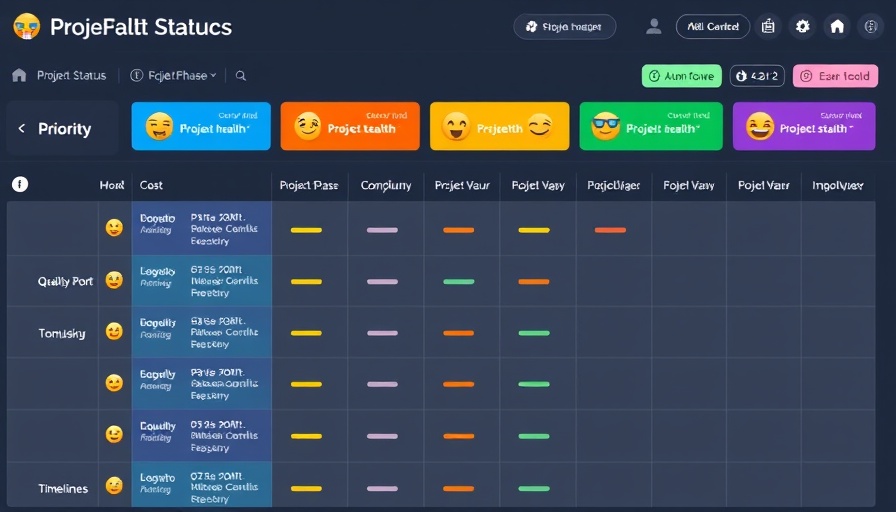
Creating Connection: The Power of Low-Key Launch Events
In a world filled with flashy marketing campaigns and high-energy launches, Fujifilm's recent unveiling of its X half digital camera, dubbed the X Summit Experience, takes a refreshing turn towards intimacy. The event, held at The Line Hotel in Los Angeles, epitomizes how low-key can effectively elevate consumer connections. By employing a garden party theme rather than a typical nightclub scene, Fujifilm reinforced its appeal to younger audiences, particularly Gen Z—who favor authentic, community-driven experiences over staged extravaganzas.
Engaging Attendees Through Immersive Experiences
Fujifilm cleverly designed its event around social interactions and engagement without the overwhelming production elements often seen at typical tech launches. Guests found themselves exploring a charming garden enclosure, showcasing branded visuals and a captivating camera wall featuring real products alongside 3D-printed models. This unique blend not only sparked curiosity but also encouraged informal social dynamics among attendees.
The Role of Community in Brand Strategy
Jackie Merry, head of Pairadox Studios, emphasized the welcoming environment as a cornerstone of their strategy. "We like creating a welcoming energy for attendees, especially those who came by themselves," she noted. By fostering relationships among attendees, Fujifilm supported community building—encouraging developers, influencers, photographers, and content creators to connect and collaborate. This community-centric approach aligns with core branding principles, effectively positioning Fujifilm as a supportive ally in the creative journey of its audience.
Hands-On Interaction: The Key to Success
Attendee engagement was boosted through interactive experiences, such as the 'Touch & Try' demo stations, allowing participants to get hands-on with the new camera. By enabling guests to print their photos on the spot via a Fujifilm Instax printer, Fujifilm encouraged not just experimentation but also immediate gratification, which is vital in today's fast-paced market. This technique exemplifies effective lead generation strategies, as guests were eager to share their captured moments across social media, further amplifying brand exposure.
Tracking Success Through Feedback
Fujifilm's approach also included a robust measurement strategy to evaluate the event's effectiveness. Beyond attendee surveys, the team monitored organic social media chatter—a key indicator of attendee sentiment and engagement through branding initiatives. By tapping into this real-time feedback loop, Fujifilm can refine future branding initiatives, enhancing customer acquisition strategies effectively.
Moving Forward: What This Means for Business Owners
The launch represented more than merely a product reveal; it showcased the efficacy of creating meaningful connections with a target demographic. Business owners—especially those generating $2M–$10M annually—can take valuable lessons from Fujifilm’s approach. Building community-driven experiences can substantially impact customer retention and loyalty, turning casual attendees into brand advocates.
As you reflect on your marketing strategies, consider how you can create environments that foster genuine connections and encourage participation among your audience. Whether you’re planning your next product launch or revamping an influencer engagement strategy, think about how these experiential foundations can enhance your branding.
Taking the plunge into more personalized interactions may just reveal the hidden potential of your brand’s influence on its audience. Remember, in today's market, authenticity speaks louder than grandiosity.
 Add Row
Add Row  Add
Add 



Write A Comment